Feeding my baby study
Feeding My Baby & Me
Feeding My Baby & Me - IFPS IIIFor Study Participants Enter your PIN in the box below.
For Study Participants
Enter your PIN to view your study dashboard:
8 character code (e.g., A2B5C7D3)
Lost your PIN? Request that it be emailed to you.
This study, also known as Infant Feeding Practices Study III, is sponsored by the Centers for Disease Control and Prevention (CDC) to help understand the thoughts, experiences, and decisions on baby care and feeding from today’s Moms like you.
CDC has a long history of supporting efforts to improve nutrition for infants and toddlers. This study will provide important information to guide the CDC and other organizations to improve the health of all of our nation’s children
About the Study
We are seeking a select group of pregnant women from across the nation to take part in this online 2-year study. All surveys will be done on the web at a time that is convenient for you.
If you are eligible and decide to join the study, you can receive up to $620 for your participation.
- We will ask you to complete one survey before your baby is born. You will receive $30 for completing this survey.
- After your baby's born, we will ask you to complete surveys periodically from 1-month to age 2 years. You will receive $30 for each survey.
- We will invite you to complete two web surveys (25 – 30 minutes) about what you eat, one before the baby's born and one when your baby is 3 months old. You will receive $50 for each.
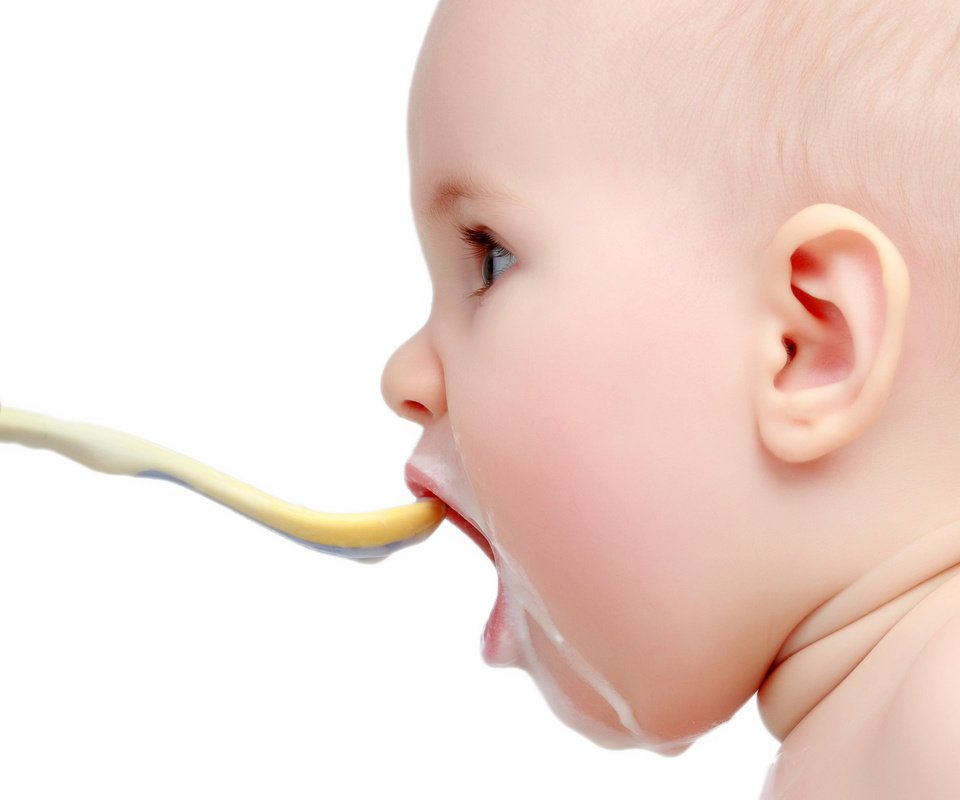
Frequently Asked Questions
Your Privacy
The information you are being asked to provide is authorized to be collected under Section 301 of The Public Health Service Act (42 USC 241).
Providing this information is voluntary. CDC will use this information in its study, Feeding My Baby and Me (also known as the Infant Feeding Practices Study III), in order to learn more about the choices mothers make in feeding their babies and toddlers in the first 2 years of life.
This information will support efforts to improve the health of our nation’s children. This information will be shared with a contractor, Westat, with which CDC has entered into an agreement to assist with carrying out this study.
Public reporting burden of this collection of information varies from 2 to 24 minutes with an average of 15 minutes per response, including the time for reviewing instructions, searching existing data sources, gathering and maintaining the data needed, and completing and reviewing the collection of information.
An agency may not conduct or sponsor, and a person is not required to respond to a collection of information unless it displays a currently valid OMB control number.
Send comments regarding this burden estimate or any other aspect of this collection of information, including suggestions for reducing this burden to CDC/ATSDR Reports Clearance Officer; 1600 Clifton Road NE, MS D-74, Atlanta, Georgia 30333; ATTN: PRA (0920-1333).
Feeding My Baby & Me
Feeding My Baby & Me - IFPS IIIFor Study Participants Enter your PIN in the box below.
For Study Participants
Enter your PIN to view your study dashboard:
8 character code (e.g., A2B5C7D3)
Lost your PIN? Request that it be emailed to you.
This study, also known as Infant Feeding Practices Study III, is sponsored by the Centers for Disease Control and Prevention (CDC) to help understand the thoughts, experiences, and decisions on baby care and feeding from today’s Moms like you.
CDC has a long history of supporting efforts to improve nutrition for infants and toddlers. This study will provide important information to guide the CDC and other organizations to improve the health of all of our nation’s children
About the Study
We are seeking a select group of pregnant women from across the nation to take part in this online 2-year study. All surveys will be done on the web at a time that is convenient for you.
If you are eligible and decide to join the study, you can receive up to $620 for your participation.
- We will ask you to complete one survey before your baby is born. You will receive $30 for completing this survey.
- After your baby's born, we will ask you to complete surveys periodically from 1-month to age 2 years. You will receive $30 for each survey.
- We will invite you to complete two web surveys (25 – 30 minutes) about what you eat, one before the baby's born and one when your baby is 3 months old. You will receive $50 for each.
Frequently Asked Questions
Your Privacy
The information you are being asked to provide is authorized to be collected under Section 301 of The Public Health Service Act (42 USC 241).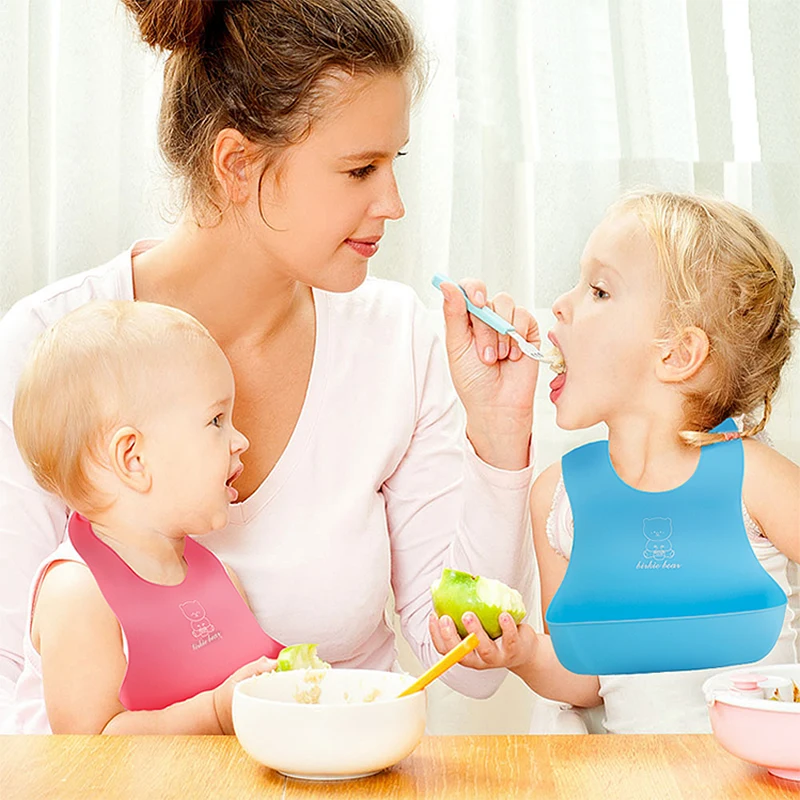
Providing this information is voluntary. CDC will use this information in its study, Feeding My Baby and Me (also known as the Infant Feeding Practices Study III), in order to learn more about the choices mothers make in feeding their babies and toddlers in the first 2 years of life.
This information will support efforts to improve the health of our nation’s children. This information will be shared with a contractor, Westat, with which CDC has entered into an agreement to assist with carrying out this study.
Public reporting burden of this collection of information varies from 2 to 24 minutes with an average of 15 minutes per response, including the time for reviewing instructions, searching existing data sources, gathering and maintaining the data needed, and completing and reviewing the collection of information.
An agency may not conduct or sponsor, and a person is not required to respond to a collection of information unless it displays a currently valid OMB control number.
Send comments regarding this burden estimate or any other aspect of this collection of information, including suggestions for reducing this burden to CDC/ATSDR Reports Clearance Officer; 1600 Clifton Road NE, MS D-74, Atlanta, Georgia 30333; ATTN: PRA (0920-1333).
Why should you breastfeed your baby?
World Breastfeeding Week kicked off today, from 1 to 7 August.
Why breastfeed? What are the main benefits of breastfeeding? What makes breastfeeding great for your baby?
The benefits of breastfeeding are endless. Breastfeeding is one of the most exciting and interesting phenomena that bond mother and child during the first years of a child's life. Breastfeeding represents parental care and the wisdom of nature.
Mother's breast milk is the best and healthiest food for babies. There is no exaggeration in this phrase. The composition of breast milk has been improved over millions of years of evolution and meets the highest quality standards for nutrition for an infant. Breast milk contains all the nutrients, vitamins and minerals needed by a baby up to 6 months of age. At the same time, the composition of breast milk is practically independent of the mother's diet: the mother's body creates breast milk from simple ingredients and always ensures their optimal ratio. If the nursing mother is not in a state of complete exhaustion or dehydration, milk contains all the necessary substances for the normal development of the child. If you eat poorly, it will be bad for your health, but the nutritional value and benefits of milk will not change significantly.
Breast milk contains all the nutrients, vitamins and minerals needed by a baby up to 6 months of age. At the same time, the composition of breast milk is practically independent of the mother's diet: the mother's body creates breast milk from simple ingredients and always ensures their optimal ratio. If the nursing mother is not in a state of complete exhaustion or dehydration, milk contains all the necessary substances for the normal development of the child. If you eat poorly, it will be bad for your health, but the nutritional value and benefits of milk will not change significantly.
The benefits of breastfeeding
The benefits of breastfeeding are endless, as it is a real gift of nature to man. The fact that so many mothers today refuse to breastfeed is deplorable and, of course, stems from a simple ignorance of the benefits of breastfeeding.
Perfect food for your baby
Breast milk differs from any other possible food for children, including cow's milk, homemade and industrial formulas, in the following features:
- breast milk has an optimal, balanced composition of nutritional elements;
- breast milk contributes to the formation of normal intestinal microflora of the child;
- the child's body easily absorbs mother's milk;
- breastfeeding almost never causes allergies;
- breast milk contains a whole range of important biologically active substances and protective factors, such as enzymes, hormones, immunoglobulins (elements that provide immunity to the child), etc. ;
;
- breast milk always has the optimal temperature for the baby;
- breast milk is characterized by an optimal ratio of proteins, fats and carbohydrates. Also, proteins from the composition of breast milk are qualitatively different from the proteins in cow's milk. Breast milk is rich in essential amino acids;
- about 90% of carbohydrates in breast milk is lactose, which promotes the absorption of such important trace elements as calcium, iron, zinc, magnesium and copper;
- breast milk contains lipase, an enzyme that facilitates the digestion of fats;
- breast milk contains vitamin A, B vitamins, and vitamins K, E, D and C.
Breast milk protects the baby from most infections, as breast milk contains elements of the mother's immune system.
Balanced diet
Due to the subtle and amazing natural regulatory mechanisms, with proper breastfeeding, the composition and amount of breast milk always meets the needs of the child.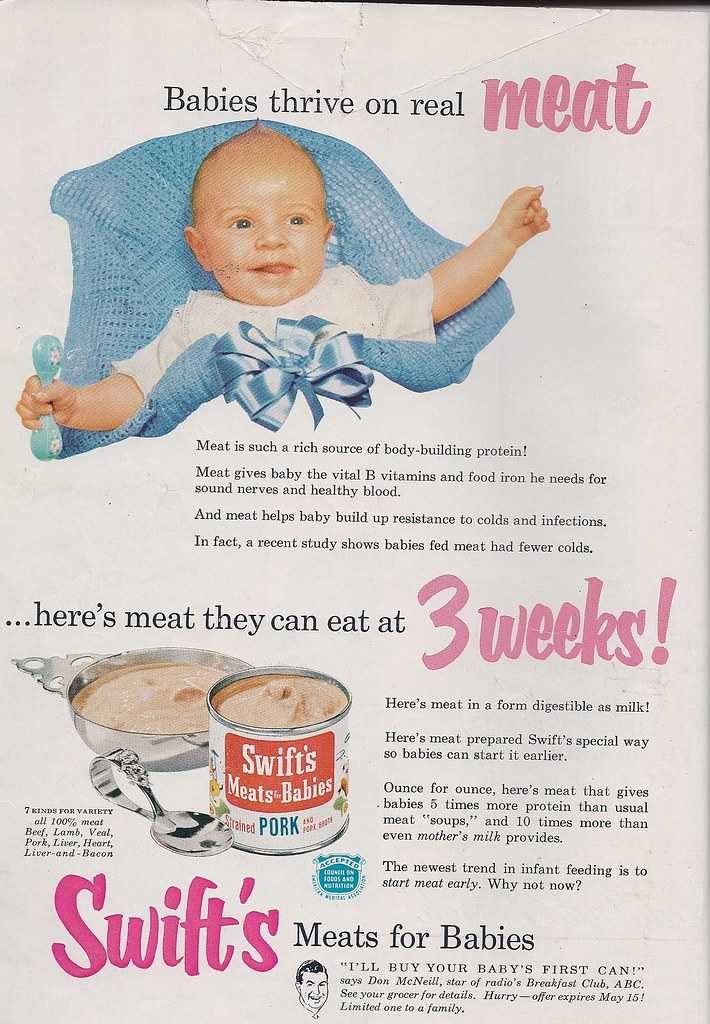
The composition of breast milk changes not only depending on the age of the child, but also throughout the day and even during one feeding.
At the beginning of a feed, the baby receives thinner milk, which provides the baby with the necessary amount of water and other important substances. By the end of feeding, more fat is released - "hind milk", which provides the baby with the necessary nutrients, and thanks to which the child has a feeling of satiety.
With proper breastfeeding, the child will always receive all the substances he needs.
Your baby's ideal weight
Another important benefit of breastfeeding is that a baby who is fed exclusively on mother's milk can hardly be overfed. Medical studies show that the predisposition to obesity, in most cases, lays in the first years of a child's life and, mainly, due to improper feeding.
A breastfed baby is at little or no risk of becoming obese because even if the baby breastfeeds around the clock, he still will not get excess milk because it simply will not be produced in large quantities or will too diluted.
In contrast, the risk of developing paratrophy or obesity is very high when using artificial formulas for feeding children.
A close bond between mother and baby
Breastfeeding provides a very close emotional bond between mother and child. During breastfeeding, the baby not only satisfies his needs for food and water, but also his needs for caresses, touch and communication with his mother. Studies have shown that breastfeeding contributes to the emotional and mental health of the child, improves his memory and intelligence, and relieves stress. Contrary to the popular belief that breastfeeding makes children "mama's sons", breastfeeding, on the contrary, contributes to the formation of a child's strong character and self-confidence.
Proper facial development
Breastfed babies are less likely to develop malocclusion by improving the shape and development of the jaws (breast substitutes such as pacifiers and bottles can lead to to the development of malocclusion).
Healthier baby
A baby who receives breast milk is less susceptible to infectious diseases of the gastrointestinal tract and urinary tract, respiratory infections, development of pneumonia, pneumonia, and otitis media.
Breastfeeding is good not only for the baby, but also for the mother
reduces the risk of postpartum hemorrhage.
Breastfeeding helps the mother get back in shape faster and eliminate excess weight gained during pregnancy
Breastfeeding (provided that vitamins and proper nutrition are taken in parallel) improves bone mineralization and reduces the risk of osteoporosis after menopause.
Breastfeeding women are at lower risk of developing ovarian cancer, mastopathy, and breast cancer. In addition, pregnancy and breastfeeding slow down the development or completely eliminate a number of diseases (endometriosis, fibroids, mastopathy, polycystic ovaries).
The emotional bond that is created between mother and child during breastfeeding has a positive effect on the psychological state of the mother, reducing the risk of postpartum depression. Also, breastfeeding lays the foundation for a strong and kind mother-child relationship for the rest of her life and helps the mother learn to understand her child and recognize his needs.
In addition to the health benefits of breastfeeding for the mother, it also offers a number of important practical and economic benefits for parents.
Breastfeeding is the most economical and convenient way to feed your baby for the first 6 months of life. It frees the mother from having to sterilize the bottles, wash them, prepare the formula, bring it to the required temperature, which is especially important for night feedings, as it will save you several hours of sleep.
Another important benefit of breastfeeding is that the baby's food is always fresh and always at hand. If you need to leave the house (together with the child) for a few hours, in hot weather, the milk in the bottle may turn sour or cool (depending on the weather). Whereas breast milk always stays fresh and always at the perfect temperature.
Whereas breast milk always stays fresh and always at the perfect temperature.
Breastfeeding provides the mother with regular periods of rest. Even if you don't feel it, your body is weakened after giving birth and needs time to rest. Breastfeeding forces you to sit down several times a day, take a break and take the load off your legs.
If you firmly decide for yourself that you want to breastfeed, then it will be easy for you to establish and maintain lactation and you will be sure that you have provided your baby with the most important and necessary element for his future health and happiness - breastfeeding. milk.
Breastfeeding in the first month: what to expect
Not sure how to establish lactation and increase milk production? If you need help, support, or just want to know what to expect, read our First Month Breastfeeding Recommendations
Share this information
The first weeks of breastfeeding are a very stressful period. If at times you feel like you can't handle it, know that you are not alone. Feeding your baby all day long is completely natural and helps produce breast milk, but can be quite tiring at times. Be patient, think about yourself and remember: after the first month, when milk production stabilizes, it will become easier.
If at times you feel like you can't handle it, know that you are not alone. Feeding your baby all day long is completely natural and helps produce breast milk, but can be quite tiring at times. Be patient, think about yourself and remember: after the first month, when milk production stabilizes, it will become easier.
How often should a baby be breastfed?
Babies are born with a small stomach that grows rapidly as milk production increases: in the first week it is no larger than an apricot, and after two weeks it is already the size of a large hen's egg. 1.2 Let the child eat as much as he wants and when he wants. This will help him quickly regain the weight lost after birth and grow and develop further.
“Be prepared to feed every two to three hours throughout the day. At night, the intervals between feedings can be longer: three to four or even five hours, says Cathy Garbin, a recognized international expert on breastfeeding. Some eat quickly and are satiated in 15 minutes, while others take an entire hour to feed. Do not compare your breastfeeding regimen with that of other mothers - it is very likely that there will be nothing in common between them.
At each feed, give your baby a full meal from one breast and then offer a second one, but don't worry if the baby doesn't take it. When the baby is full, he lets go of his chest and at the same time looks relaxed and satisfied - so much so that he can immediately fall asleep. The next time you feed, start on the other breast. You can monitor the order of the mammary glands during feeding using a special application.
Why does the child always ask for a breast?
The first month is usually the hardest time to breastfeed. But do not think that because the baby is constantly hungry and asks for a breast almost every 45 minutes, then you do not have enough milk.
In the first month, the baby needs to eat frequently to start and stimulate the mother's milk production. It lays the foundation for a stable milk supply in the future. 3
In addition, we must not forget that the child needs almost constant contact with the mother. The bright light and noise of the surrounding world at first frighten the baby, and only by clinging to his mother, he can calm down.
Sarah, mother of three from the UK, confirms: “Crying is not always a sign of hunger. Sometimes my kids just wanted me to be around and begged for breasts to calm them down. Use a sling. Place the cradle next to the bed. Don't look at the clock. Take advantage of every opportunity to relax. Forget about cleaning. Let those around you take care of you. And not three days, but six weeks at least! Hug your baby, enjoy the comfort - and trust your body."
Do I need to feed my baby on a schedule?
Your baby is still too young for a strict daily routine, so
forget about breastfeeding schedules and focus on his needs.
“Volumes have been written about how to feed a baby on a schedule, but babies don't read or understand books,” Cathy says. - All children are different. Some people can eat on a schedule, but most can't. Most often, over time, the child develops his own schedule.
Some mothers report that their babies are fine with scheduled feedings, but they are probably just the few babies who would eat every four hours anyway. Adults rarely eat and drink the same foods at the same time of day - so why do we expect this from toddlers?
Offer your baby the breast at the first sign of hunger. Crying is already the last stage, so be attentive to early signs: the baby licks his lips, opens his mouth, sucks his fist, turns his head with his mouth open - looking for the breast. 4
What is a “milk flush”?
At the beginning of each feed, a hungry baby actively sucks on the nipple,
thereby stimulating the milk flow reflex - the movement of milk through the milk ducts. 5
“Nipple stimulation triggers the release of the hormone oxytocin,” Cathy explains. “Oxytocin circulates throughout the body and causes the muscles around the milk-producing glands to contract and the milk ducts to dilate. This stimulates the flow of milk.
This stimulates the flow of milk.
If the flushing reflex fails, milk will not come out. This is a hormonal response, and under stress it may not work at all or work poorly. Therefore, it is so important that you feel comfortable and calm when feeding.
“Studies show that each mother has a different rhythm of hot flashes during one feed,” Kathy continues, “Oxytocin is a short-acting hormone, it breaks down in just 30-40 seconds after formation. Milk begins to flow, the baby eats, the effect of oxytocin ends, but then a new rush of milk occurs, the baby continues to suckle the breast, and this process is repeated cyclically. That is why, during feeding, the child periodically stops and rests - this is how nature intended.
The flow of milk may be accompanied by a strong sensation of movement or tingling in the chest, although 21% of mothers, according to surveys, do not feel anything at all. 5 Cathy explains: “Many women only feel the first rush of milk. If you do not feel hot flashes, do not worry: since the child eats normally, most likely, you simply do not understand that they are.
If you do not feel hot flashes, do not worry: since the child eats normally, most likely, you simply do not understand that they are.
How do you know if a baby is getting enough milk?
Since it is impossible to track how much milk a baby eats while breastfeeding, mothers sometimes worry that the baby is malnourished. Trust your child and your body.
After a rush of milk, the baby usually begins to suckle more slowly. Some mothers clearly hear how the baby swallows, others do not notice it. But one way or another, the child himself will show when he is full - just watch carefully. Many babies make two or three approaches to the breast at one feeding. 6
“When a child has eaten, it is noticeable almost immediately: a kind of “milk intoxication” sets in. The baby is relaxed and makes it clear with his whole body that he is completely full, says Katie, “Diapers are another great way to assess whether the baby is getting enough milk. During this period, a breastfed baby should have at least five wet diapers a day and at least two portions of soft yellow stool, and often more.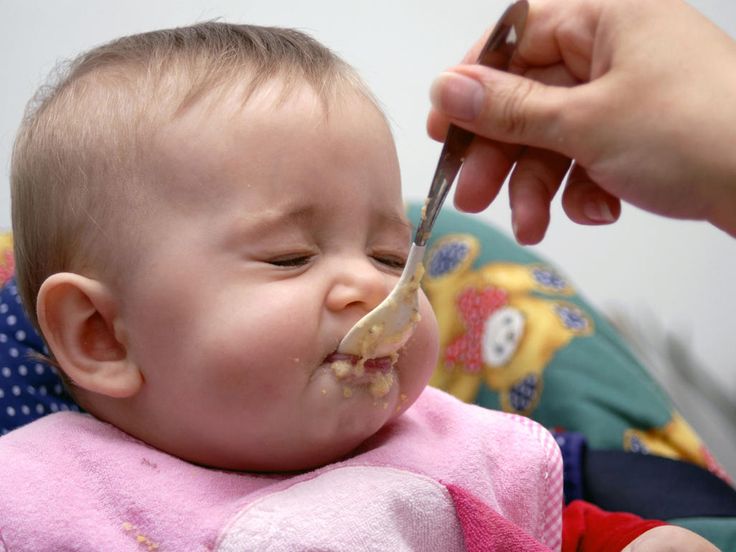 ”
”
From one month until weaning at six months of age, a baby's stool (if exclusively breastfed) should look the same every day: yellow, grainy, loose, and watery.
When is the child's birth weight restored?
Most newborns lose weight in the first few days of life. This is normal and should not be cause for concern. As a rule, weight is reduced by 5-7%, although some may lose up to 10%. One way or another, by 10–14 days, almost all newborns regain their birth weight. In the first three to four months, the minimum expected weight gain is an average of 150 grams per week. But one week the child may gain weight faster, and the next slower, so it is necessary that the attending physician monitor the health and growth of the baby constantly. 7.8
At the slightest doubt or signs of dehydration, such as
dark urine, no stool for more than 24 hours, retraction of the fontanel (soft spot on the head), yellowing of the skin, drowsiness, lethargy, lack of appetite (ability to four to six hours without feeding), you should immediately consult a doctor. 7
7
What is “cluster feeding”?
When a baby asks to breastfeed very often for several hours, this is called cluster feeding. 6 The peak often occurs in the evening between 18:00 and 22:00, exactly when many babies are especially restless and need close contact with their mother. Most often, mothers complain about this in the period from two to nine weeks after childbirth. This is perfectly normal and common behavior as long as the baby is otherwise healthy, eating well, gaining weight normally, and appears content throughout the day. 9
Cluster feeding can be caused by a sharp jump in the development of the body - during this period the baby especially needs love, comfort and a sense of security. The growing brain of a child is so excited that it can be difficult for him to turn off, or it just scares the baby. 9 If a child is overworked, it is often difficult for him or her to calm down on his own and adult assistance is needed. And breastfeeding is the best way to calm the baby, because breast milk is not only food, but also pain reliever and a source of happiness hormones. 10
And breastfeeding is the best way to calm the baby, because breast milk is not only food, but also pain reliever and a source of happiness hormones. 10
“Nobody told me about cluster feeding, so for the first 10 days I just went crazy with anxiety - I was sure that my milk was not enough for the baby,” recalls Camilla, a mother from Australia, “It was a very difficult period . I was advised to pump and supplement until I finally contacted the Australian Breastfeeding Association. There they explained to me what was happening: it turned out that it was not about milk at all.
Remember, this is temporary. Try to prepare dinner for yourself in the afternoon, when the baby is fast asleep, so that in the evening, when he begins to often breastfeed, you have the opportunity to quickly warm up the food and have a snack. If you are not alone, arrange to carry and rock the baby in turns so that you have the opportunity to rest. If you have no one to turn to for help and you feel that your strength is leaving you, put the baby in the crib and rest for a few minutes, and then pick it up again.
Ask your partner, family and friends to help you with household chores, cooking and caring for older children if you have any. If possible, hire an au pair. Get as much rest as possible, eat well and drink plenty of water.
“My daughter slept a lot during the day, but from 23:00 to 5:00 the cluster feeding period began, which was very tiring,” recalls Jenal, a mother from the USA, “My husband tried his best to make life easier for me - washed, cleaned, cooked, changed diapers, let me sleep at every opportunity and never tired of assuring me that we were doing well.
If you are concerned about the frequency of breastfeeding, it is worth contacting a specialist. “Check with a lactation consultant or doctor to see if this is indicative of any problems,” recommends Cathy. “Resist the temptation to supplement your baby with formula (unless recommended by your doctor) until you find the cause. It may not be a matter of limited milk production at all - it may be that the child is inefficiently sucking it.
When will breastfeeding become easier?
This early stage is very special and does not last long. Although sometimes it seems that there will be no end to it, rest assured: it will get easier soon! By the end of the first month, breast milk production will stabilize, and the baby will become stronger and learn to suck better at the breast. 2.3 Any problems with latch on will most likely be resolved by this time, and the body will be able to produce milk more efficiently, so inflammation and leakage of milk will begin to subside.
“The first four to six weeks are the hardest, but then things start to get better,” Cathy assures. It just needs to be experienced!”
The longer breastfeeding continues, the more benefits it brings, from saving on formula and improving sleep quality 11–13 to boosting your baby's immune system 14 and reducing your risk of certain cancers. 15
“When you feel like you're pushing yourself, try to go from feed to feed and day to day,” says Hannah, a UK mom. “I was sure I wouldn’t make it to eight weeks. And now I have been breastfeeding for almost 17 weeks, and I dare say it is very easy.”
“I was sure I wouldn’t make it to eight weeks. And now I have been breastfeeding for almost 17 weeks, and I dare say it is very easy.”
Read the resource Breastfeeding Beyond the First Month: What to Expect
Readings
1 Naveed M et al. An autopsy study of relationship between perinatal stomach capacity and birth weight. Indian J Gastroenterol .1992;11(4):156-158. - Navid M. et al., Association between prenatal gastric volume and birth weight. Autopsy. Indian J Gastroenterol. 1992;11(4):156-158.
2 Neville MC et al. Studies in human lactation: milk volumes in lactating women during the onset of lactation and full lactation .Am J Clinl Nutr . 1988;48(6):1375-1386. at the beginning and at the peak of lactation." Am F Clean Nutr. 1988;48(6):1375-1386.
3 Kent JC et al.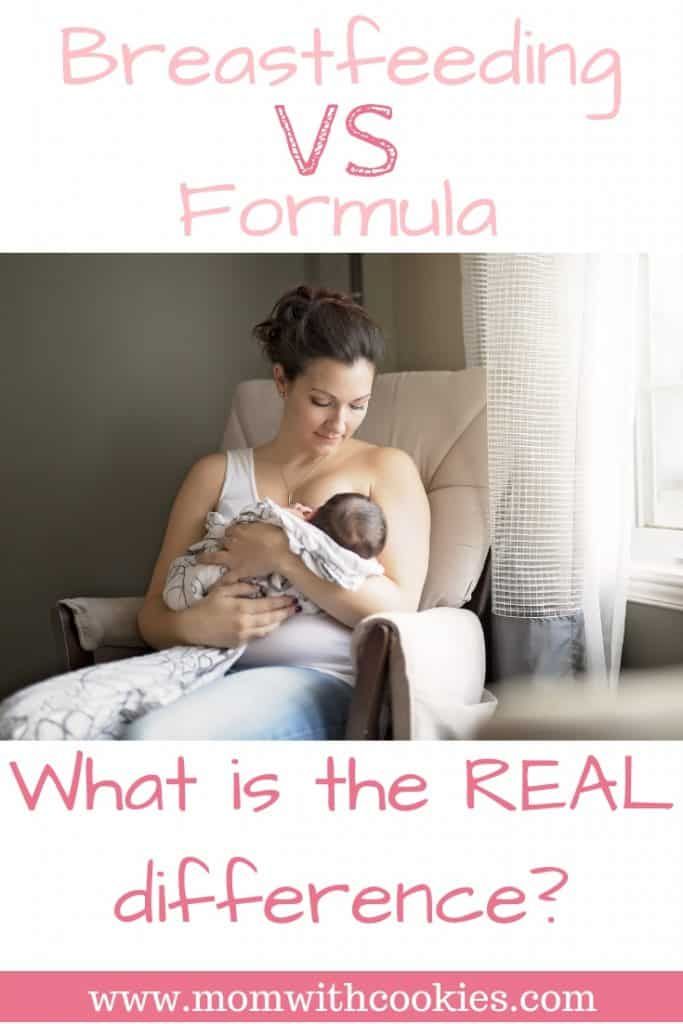 Principles for maintaining or increasing breast milk production. 2012;41(1):114-121. - Kent J.S. et al., "Principles for Maintaining and Increasing Milk Production". J Obstet Ginecol Neoneutal Nurs. 2012;41(1):114-121.
Principles for maintaining or increasing breast milk production. 2012;41(1):114-121. - Kent J.S. et al., "Principles for Maintaining and Increasing Milk Production". J Obstet Ginecol Neoneutal Nurs. 2012;41(1):114-121.
4 Australian Breastfeeding Feeding cues ; 2017 Sep [ cited 2018 Feb ]. - Australian Breastfeeding Association [Internet], Feed Ready Signals; September 2017 [cited February 2018]
5 Kent JC et al. Response of breasts to different stimulation patterns of an electric breast pump. J Human Lact . 2003;19(2):179-186. - Kent J.S. et al., Breast Response to Different Types of Electric Breast Pump Stimulation. J Human Lact (Journal of the International Association of Lactation Consultants). 2003;19(2):179-186.
6) Kent JC et al . Volume and frequency of breastfeedings and fat content of breast milk throughout the day. Pediatrics. 2006;117(3): e 387-395. - Kent J.S. et al., "Amount and frequency of breastfeeding and fat content of breast milk during the day." Pediatrix (Pediatrics). 2006;117(3):e387-95.
7 Lawrence RA, Lawrence RM. Breastfeeding: A guide for the medical profession. 7th ed. Maryland Heights MO, USA: Elsevier Mosby; 2010. 1128 p . - Lawrence R.A., Lawrence R.M., "Breastfeeding: A guide for healthcare professionals." Seventh edition. Publisher Maryland Heights , Missouri, USA: Elsevier Mosby; 2010. P. 1128.
8 World Health Organization. [Internet]. Child growth standards; 2018 [cited 2018 Feb] - World Health Organization. [Internet]. Child Growth Standards 2018 [cited February 2018].
[Internet]. Child Growth Standards 2018 [cited February 2018].
9 Australian Breastfeeding Association . [ Internet ]. Cluster feeding and fussing babies ; Dec 2017 [ cited 2018 Feb ] - Australian Breastfeeding Association [Internet], Cluster Feeding and Screaming Babies; December 2017 [cited February 2018].
10 Moberg KU, Prime DK. Oxytocin effects in mothers and infants during breastfeeding. Infant . 2013;9(6):201-206.- Moberg K, Prime DK, "Oxytocin effects on mother and child during breastfeeding". Infant. 2013;9(6):201-206.
11 U.S. Department of Health & Human Services [Internet]. Surgeon General Breastfeeding factsheet; 2011 Jan 20 [cited 2017 Feb] - Department of Health and Human Services [Internet], "Breastfeeding Facts from the Chief Medical Officer", Jan 20, 2011 [cited Feb 2017]
12 Kendall-Tackett K et al. The effect of feeding method on sleep duration, maternal well-being, and postpartum depression. clinical lactation. 2011;1;2(2):22-26. - Kendall-Tuckett, K. et al., "Influence of feeding pattern on sleep duration, maternal well-being and the development of postpartum depression." Clinical Lactation. 2011;2(2):22-26.
The effect of feeding method on sleep duration, maternal well-being, and postpartum depression. clinical lactation. 2011;1;2(2):22-26. - Kendall-Tuckett, K. et al., "Influence of feeding pattern on sleep duration, maternal well-being and the development of postpartum depression." Clinical Lactation. 2011;2(2):22-26.
13 Brown A, Harries V. Infant sleep and night feeding patterns during later infancy: Association with breastfeeding frequency, daytime complementary food intake, and infant weight. Breast Med . 2015;10(5):246-252. - Brown A., Harris W., "Night feedings and infant sleep in the first year of life and their association with feeding frequency, daytime supplementation, and infant weight." Brest Med (Breastfeeding Medicine). 2015;10(5):246-252.
14 Hassiotou F et al. Maternal and infant infections stimulate a rapid leukocyte response in breastmilk.











